During the past two years, we have heard many and sometimes seemingly-conflicting announcements regarding the Covid-19 virus. First was news about the virus itself, then we learned of ways to help prevent the spread of the virus and avoid infection; next came news about treatments for Covid-19, and, more recently news of Covid -19 variants, vaccines and boosters. The information contained in these reports has not been consistent.
Many people have been confused by the varying recommendations from the Centers for Disease Control (CDC) and other experts, noting that these recommendations seem to change over time. This confusion has understandably led to different responses to covid guidelines and often opposition to them. It’s important, therefore, to consider how the experts in infectious disease and pandemics have developed their recommendations.
The scientific method helps these experts develop relevant and meaningful conclusions that can be the basis for guidelines and recommendations. This is a process for experimentation that is used to explore observations and answer questions. Using this method, a researcher develops a hypothesis—a tentative assumption—and then tests it through various means, modifying the hypothesis on the basis of tests and experiments. The modified hypothesis is then retested, further modified, and tested again until it becomes consistent with observed phenomena and testing outcomes. (Illustration of Scientific Method)
As each modification in a study provides evolving results that experts use to reach new conclusions, it’s easy to see how CDC guidelines change over time. So the CDC has not been flip-flopping as new suggestions emerge, as has been reported in many media outlets. Instead, the CDC remains open to new research and results and adjusts its guidelines accordingly. We can expect Covid recommendations to continue to change, but each change will reflect the latest validated science. This is how progress can be made in our struggle to control the Covid pandemic.

